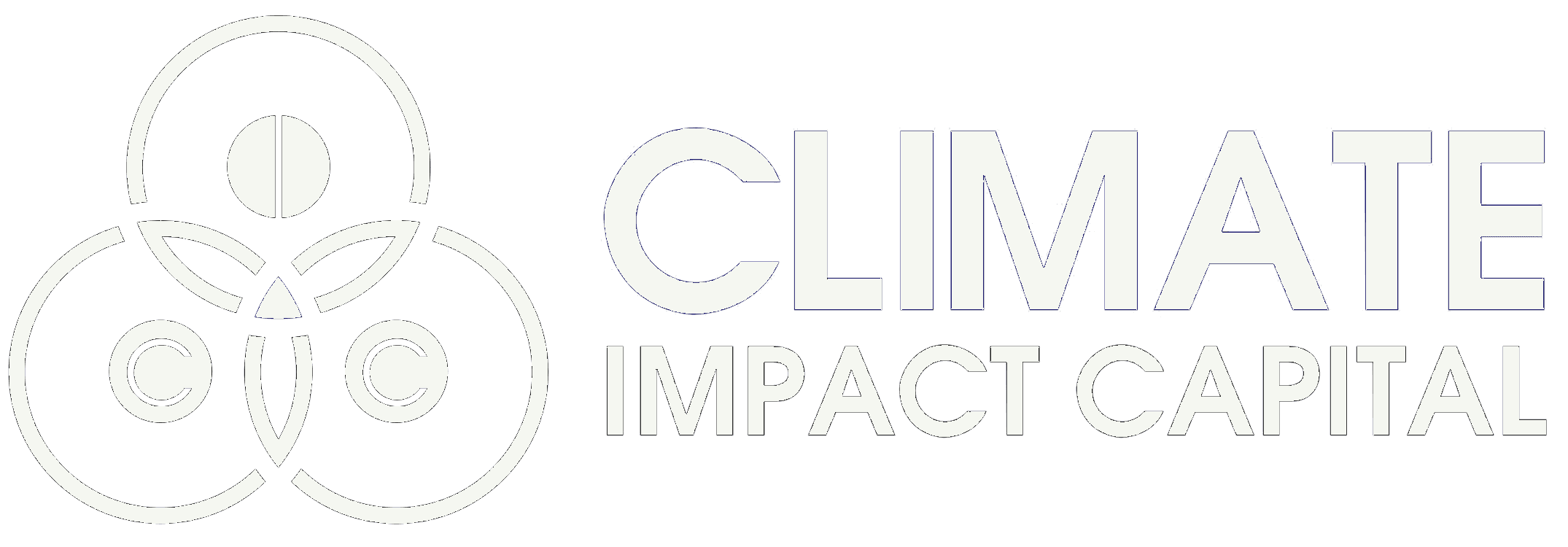As consumers and businesses grapple with the impacts of COVID-19, which is already shifting daily load shapes and electricity demand, regulators across the country are responding.
Interestingly, in a handful of states, regulators are linking recovery efforts from the impending COVID-19 economic slowdown directly to existing or new clean-energy commitments, signaling and reaffirming their focus on advancing the energy transition as a stabilizing force in these uncertain times.
Since stay-at-home orders were put in place several weeks ago, state commissions and staff have adjusted to convening in new digital workspaces, delaying ongoing proceedings and implementing protections for customers. At the same time, commissioners in several states, including Arizona, California, Connecticut, Hawaii and New York, have issued policy directives affirming clean energy as a top priority.
- In Arizona, Commissioner Lea Márquez Peterson (R) called on the Arizona Corporation Commission to support a rulemaking change directing the state’s regulated utilities to generate 100 percent of their power from clean energy resources by 2050. The commissioner called it “the simplest and clearest way to send direction to the utilities while bureaucracy and a public-health crisis prevent the commission from taking a more definitive position on comprehensive rules sooner.”
- In Connecticut, the state Public Utilities Regulatory Authority issued a ruling to extend certain deadlines for the state’s Low and Zero Emission Renewable Energy Credit and Statewide Shared Clean Energy Facilities Programs. “It is incumbent on us as state leaders to ensure that clean energy developers are not inadvertently deterred from investing in Connecticut because of deadlines that don’t make sense in light of the public health crisis,” said PURA Chair Marissa P. Gillett (D).
- In Hawaii, the state Public Utilities Commission issued a policy statement reaffirming its commitment to the state’s aggressive clean energy and climate goals, inviting “creative” proposals and programs to support and expand job opportunities. “The commission remains committed…and will continue to prioritize high impact regulatory activities that support achieving transformation of the energy system. Clean energy can accelerate Hawaii’s recovery from this crisis,” it wrote.
Most state commissions are responding to operational challenges presented by COVID-19. But perhaps more importantly, a majority of states have also put in place moratoriums on service disconnections and power shutoffs. Many are examining what other instruments of consumer bill assistance are available. Undoubtedly, the coming months will see a variety of new proceedings that will address debt relief and associated cost recovery as the economic impacts of the pandemic flow through the industry.
As the nation approaches nearly unprecedented levels of economic uncertainty, regulators and policymakers are looking at all the tools available to them to ensure the safe, reliable and affordable delivery of electricity service. It’s noteworthy that many appear to consider advancing commitments to what they see as durable policy solutions that accelerate energy transitions as an equivalent priority.
During a time of crisis, one might expect that these forward-looking policy goals could be put on pause. Instead, these states are reaffirming their support of the clean energy agenda. Their actions suggest that clean energy policies provide much-needed stability in a time of tremendous uncertainty as well as an opportunity for future recovery efforts.
New York, for example, passed the Accelerated Renewable Energy Growth & Community Benefit Act this month, which will streamline siting for renewable energy projects across the state. Public authorities announced its passage as a means to “dramatically combat climate change and help jump-start the state’s economic recovery from the COVID-19 health crisis.”
Similarly, the California Energy Commission “remains committed to its mission of building a cleaner, healthier future, including helping to recession-proof the innovation economy” as the state advances its SB 100 clean energy goals of supplying 100 percent of retail electricity sales with renewable and zero-carbon resources by 2045. Also this month, the California Public Utilities Commission issued a decision providing guidance to the state’s load-serving entities — investor-owned utilities, retailers energy providers and community-choice aggregators — to “procure approximately double the amount of renewables and storage capacity currently online,” according to Commissioner Liane Randolph, keeping the state on its trajectory to meet the same clean energy targets.
While specific details of expected federal stimulus legislation and other potential recovery efforts remain unclear, these states are moving to ensure that their economic recovery efforts are aligned with the clean energy transition, and provide a stable foundation for utilities and the investment community to support economic welfare, job creation and more equitable outcomes for electric consumers.
In the months ahead, we expect that commissions and policymakers will continue to link their recovery from the worst viral pandemic in modern history to clean energy and grid transformation.
***
Sam Kozel is a policy analyst and the director of research at E9 Insight, a regulatory research and policy advisory firm.

